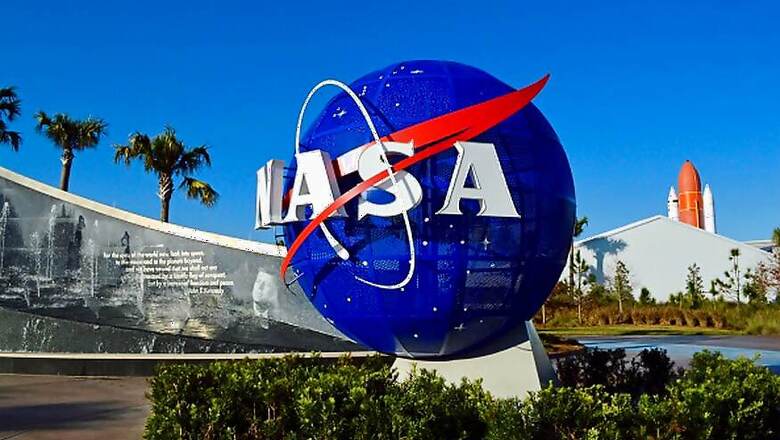
views
The dwarf planet Ceres may have had a global ocean in the past, and two new studies from NASA's Dawn mission suggest that this largest object in the asteroid belt between Mars and Jupiter may still have some liquid water underground. The Dawn team found that Ceres' crust is a mixture of ice, salts and hydrated materials that were subjected to past and possibly recent geologic activity, and that this crust represents most of that ancient ocean. The second study builds off the first and suggests there is a softer, easily deformable layer beneath Ceres' rigid surface crust, which could be the signature of residual liquid left over from the ocean, too.
"More and more, we are learning that Ceres is a complex, dynamic world that may have hosted a lot of liquid water in the past, and may still have some underground," said co-author of the studies Julie Castillo-Rogez from NASA's Jet Propulsion Laboratory, Pasadena, California. Landing on Ceres to investigate its interior would be technically challenging and would risk contaminating the dwarf planet. Instead, scientists use Dawn's observations in orbit to measure Ceres' gravity, in order to estimate its composition and interior structure.
The first of the two studies, led by Anton Ermakov, a postdoctoral researcher at JPL, used shape and gravity data measurements from the Dawn mission to determine the internal structure and composition of Ceres. The measurements came from observing the spacecraft's motions with NASA's Deep Space Network to track small changes in the spacecraft's orbit. This study was published in the Journal of Geophysical Research: Planets. The second study, led by Roger Fu at Harvard University in Massachusetts, investigated the strength and composition of Ceres' crust and deeper interior by studying the dwarf planet's topography.
This study was published in the journal Earth and Planetary Science Letters. By studying how topography evolves on a planetary body, scientists can understand the composition of its interior. The findings of the study are consistent with several thermal evolution models of Ceres published prior to Dawn's arrival there, supporting the idea that Ceres' deeper interior contains liquid left over from its ancient ocean.
Don't forget to subscribe to our YouTube Channel
Also Watch: Apple iPhone X First Look




















Comments
0 comment